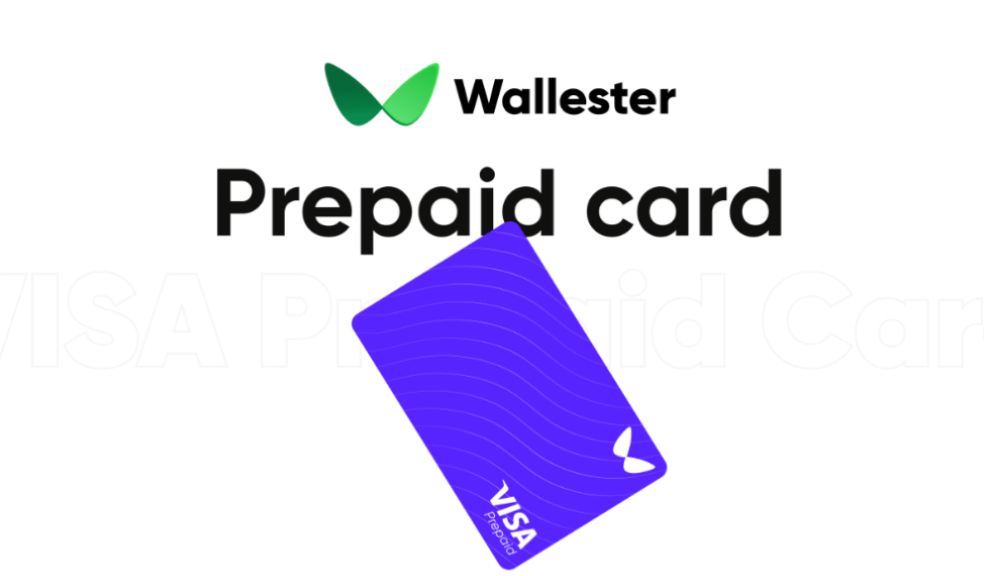
All about prepaid cards features, risks and benefits
Prepaid cards are payment instruments whose name already suggests to the user that to use them, it is initially necessary to make a prepayment. This banking product focuses on the card itself and its functions, not on the account to which the card is linked. In this article, we'll look at the features of such cards in the U.S. and Europe and learn about their benefits and risks of use.
Features of Prepaid Cards
In the U.S, the prepaid card is a synergy of tw different products - the "gift cards" of closed-loop retailers and corporate payroll projects. Prepaid payment cards appeared in the U.S. in 1999. Within 10 years, the number of transactions on them exceeded 7 billion, with a volume of more than 175 billion U.S. dollars. In the U.S, the issuance of these cards is growing rapidly. They are open-loop cards that provide the user with access to their deposit.
In Europe, these cards are considered electronic money. The only exception is closed-loop cards. According to the Electronic Money Directive, they are values stored on an electronic gadget, issued when funds are received and accepted as payment by those who are not the issuer.
The prepaid card issuers are more mildly regulated than traditional banks. Such companies usually have European registration, so they have the full right to offer card issues to clients from any European country.
Scope of the prepaid card
A prepaid card is needed for the following purposes:
- to reduce costs and improve control of a company's finances. Corporate cards are used for these purposes;
- to expand the range of payment instruments and offer customers an alternative to expensive services or a more convenient and socially acceptable method of payment;
- to use a specific application that can work specifically with prepaid cards and not with current or credit accounts.
Who can be a prepaid cardholder?
This type of card is a payment method that will be of interest to specific groups of people, namely:
- Members of a separate gated community (students, temporary workers, recently relocated people, etc.). They are more accessible for those who can't get other types of cards because of the difficulty in following the "Know Your Customer" rule.
- Minors. If a person is under the age of 18, they can't apply for a credit card, or they get restrictions on debit cards. Since this age group is considered a high-spending group, using these cards will be beneficial not only for teens but also for issuers.
- Individuals with bad credit histories. Using prepaid cards will allow such users to access a convenient means of payment and restore their reputation over time.
- Elderly people. This category of users often needs more understanding of basic procedures for using credit and debit cards, which leads to problems with their use. These cards are usually sold at networks familiar to seniors and can also be used there.
Applications for using prepaid cards
Today, developers offer many different applications that require prepaid cards to be used, such as:
- money transfers abroad;
- gambling;
- games.
Prepaid cards are much safer to use to pay for any online purchases. It allows you to limit the risk of having your account hacked. Such cards are issued by institutions and universities for use within the campus. They can partner with different brands so the card can be used outside the institution. This opens up new opportunities not only for the cardholder but also for the issuer. Gift and transportation cards, loyalty, and rewards cards work similarly.
Risks
There are fewer risks associated with prepaid cards than credit cards, but that doesn't mean there aren't any. Prepaid cards could cause issuers to experience a loss of credit card and debit card revenue as users move to closed-loop schemes.
These cards can be counterfeited like other payment instruments with a physical medium. Even though since 2010, they have been subject to the Payment Services Directive and must be made with a chip, counterfeiting cases are still recorded. If a card is stolen or lost, the issuer must restore it and reimburse any funds. The issuer must ensure that the card complies with the "Know Your Customer" rule.
In addition to fraud by merchants and internal fraud, there is always the risk of direct cyber attacks on the issuer and the e-money host system. The most lucrative segment is corporate prepaid cards. Their main risk is that their launch will fail to meet expectations.
Despite the relatively large number of risks, they can all be managed using controls and special tools.











